What are nits and why brands exaggerate?
Before we go on, we should talk about nits.
Smartphone screen brightness is measured in nits, a unit that reflects how much light the display gives off per square meter. A single nit equals one candela per square meter, while a candela represents the brightness of a single candle spread across one square meter. Yeah, we’re talking about candles in 2025. So romantic.
On paper, higher nits mean a screen should look brighter and easier to see in sunlight. But the numbers phone makers advertise often don’t match what you actually see day to day. That’s because the peak brightness they promote is usually only reached in short bursts, under specific conditions, or when viewing certain content like HDR. In normal use, the brightness is lower, so real-world visibility can feel different from the flashy marketing claims.As a rule of thumb, though, the higher the nits, the better the outdoor experience – especially on sunny days.
The iPhone 17 promises a brighter future – literally
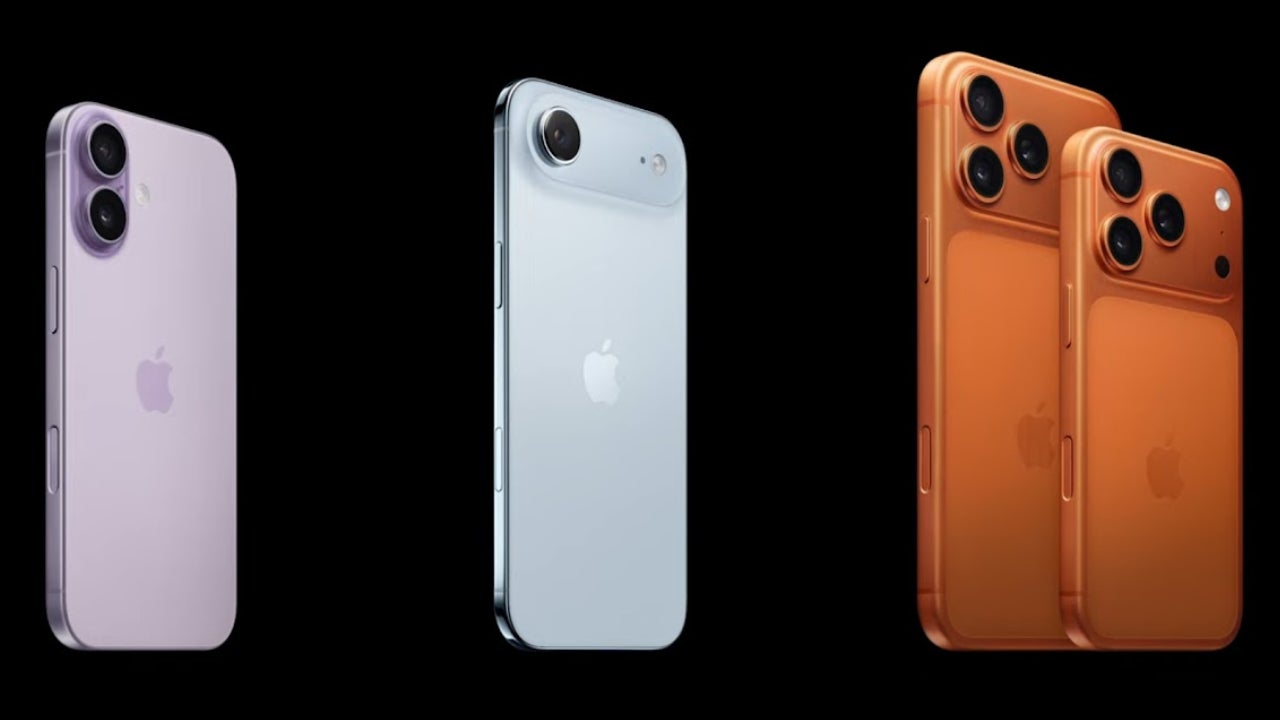

Image by Apple
The new Apple phones bet on camera improvements (you can now take landscape-oriented selfies while holding the phone vertically) and battery boosts here and there, but their displays are also getting upgraded.
iPhone 17 screen: bigger, brighter, better
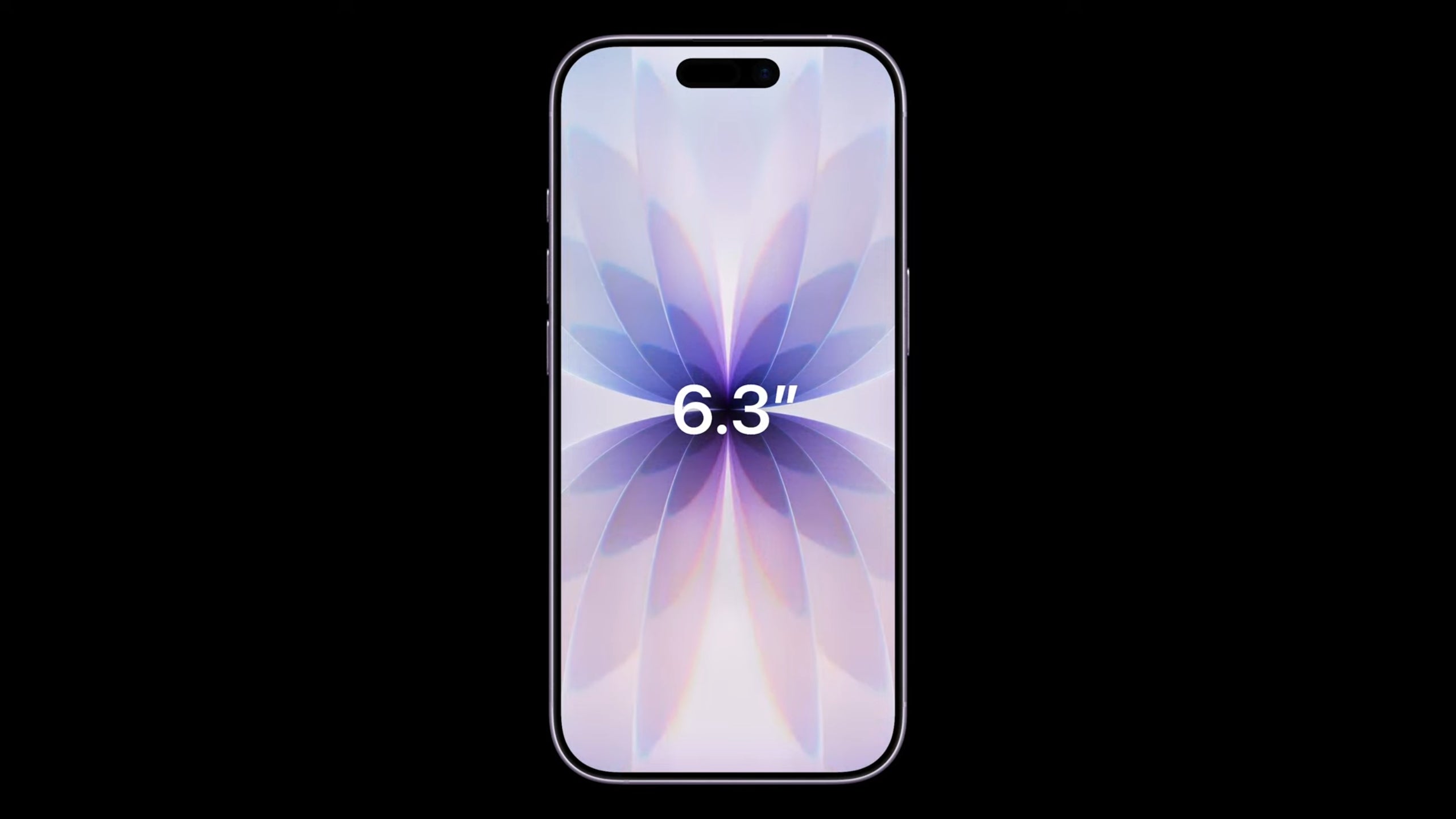

Image by Apple
The biggest news is that the new phone now offers Ceramic Shield 2 for toughness, and, more importantly, a new screen coating designed by Apple that should:
This is the goal:
- Improve anti-reflective properties
- Reduce glare occurrences
- 3x better scratch resistance
To top it off, the iPhone 17 panel is presented as reaching 3,000 nits peak brightness. This is the highest nit number on an iPhone ever, Apple says, and should mean the outdoor contrast will be 2 times better.
This is big news, as the direct iPhone 17 rival – the Galaxy S25 – offers 2,600 nits peak brightness, per Samsung.
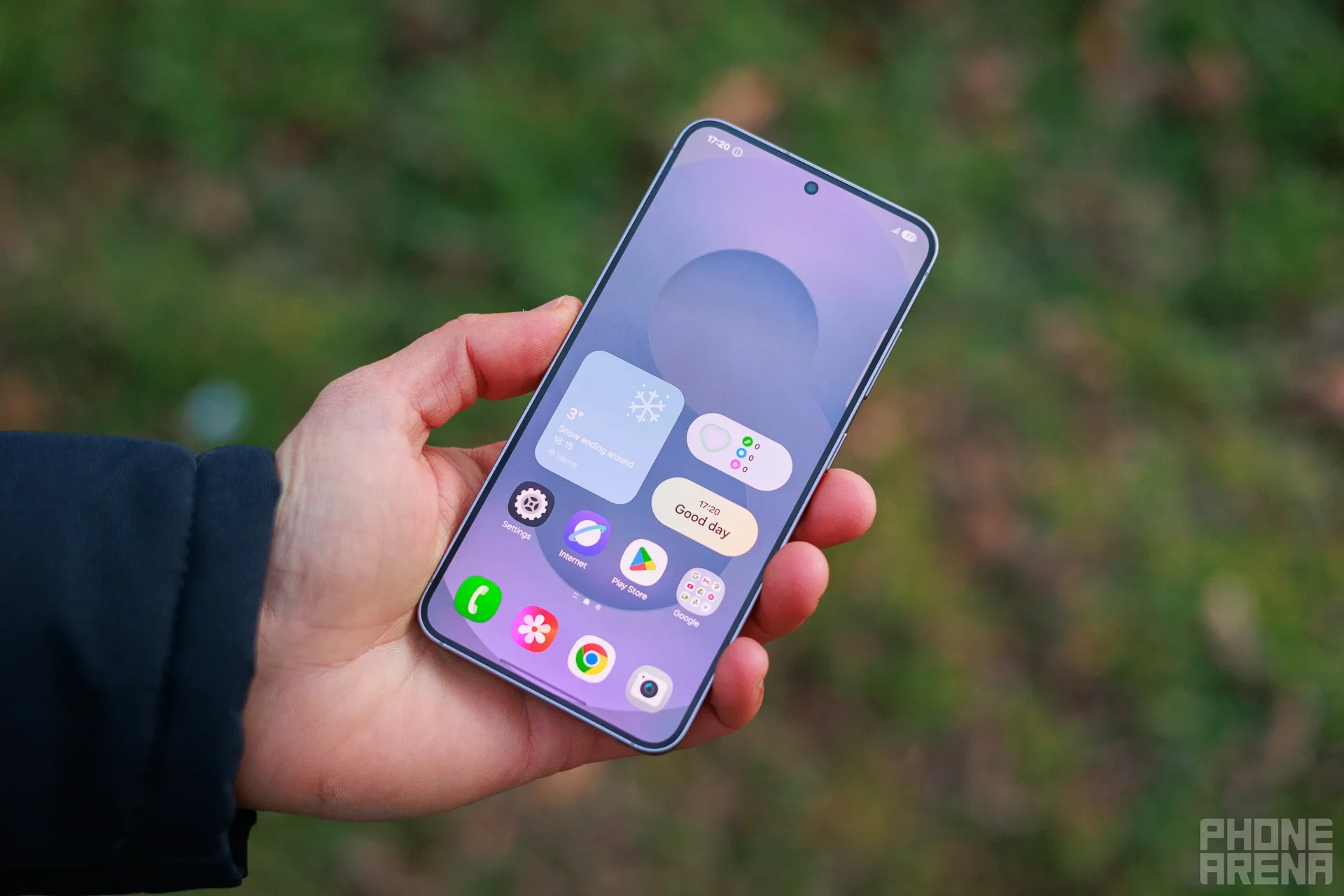

Galaxy S25. | Image by PhoneArena
So, it’s not just that the iPhone 17 is (on paper) brighter than the Galaxy S25, but Apple’s new phone also comes with an alleged anti-reflective and glare-free screen. Of course, we’ll have to put Apple’s claims to the test in our PhoneArena iPhone 17 review. In contrast, the baseline S25 doesn’t offer the top-notch anti-reflective screen of the S25 Ultra.
Besides that, growing from 6.1 to 6.3 inches in diagonal, the baseline iPhone 17 screen now has thinner bezels.
Finally, we have a ProMotion 120Hz refresh rate, which has been a standard on Android rivals for years now. The higher the refresh rate, the smoother the scrolling and gaming experience. The Super Retina XDR display supports Always-On for practicality.
When you’re not using the iPhone 17, the display goes down to 1Hz refresh rate to save battery.
iPhone Air display: not compact, not huge, but goes down to 1Hz
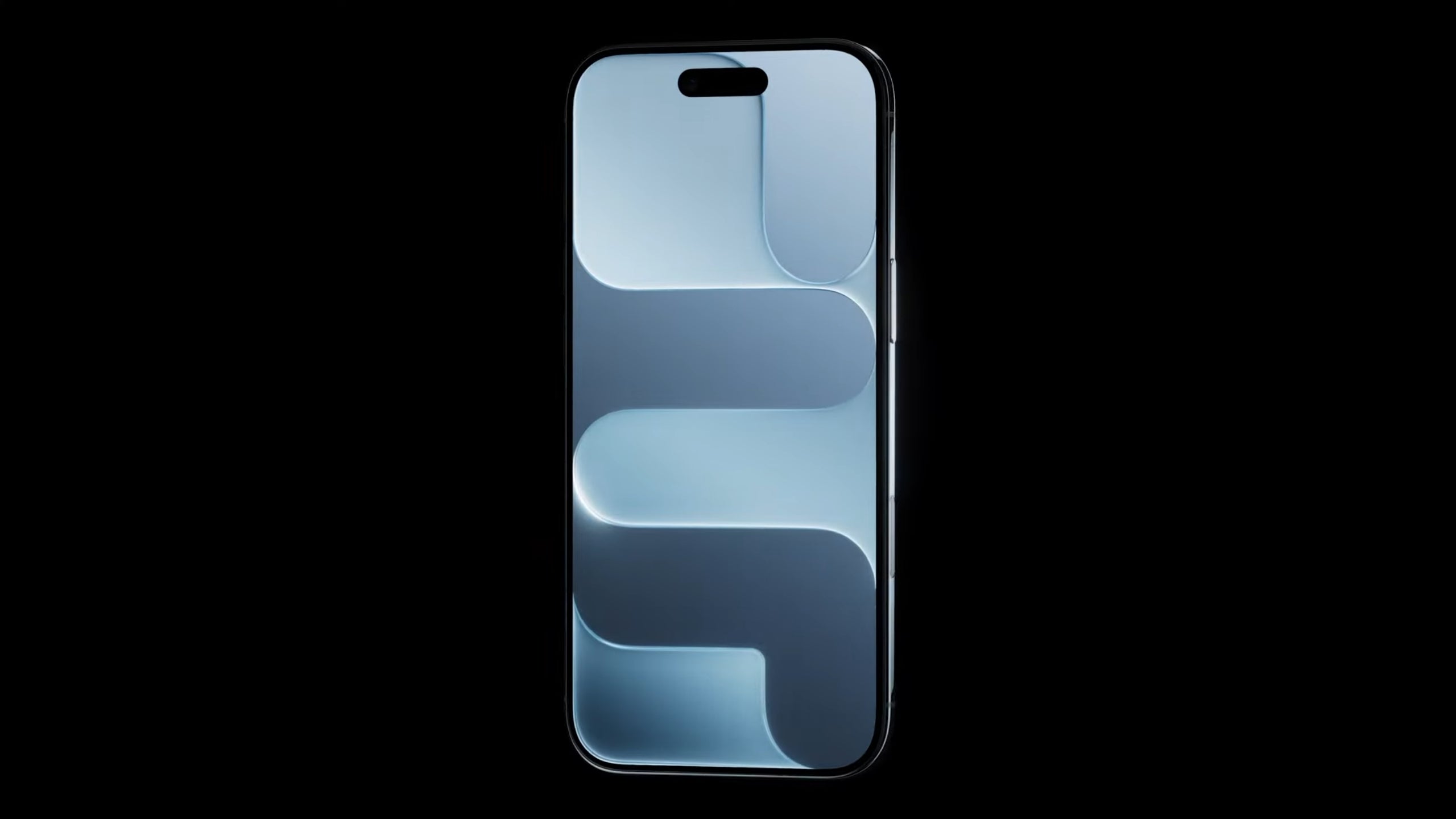

Image by Apple
The iPhone Air comes with a solidd 6.5-inch Super Retina XDR display. Thanks to ProMotion, the screen can refresh up to 120 times per second (120Hz), which means scrolling feels fluid and games look more responsive. There’s Always-On available, and the screen also lowers to 1Hz when idle to save battery. Like the other iPhone 17 models, the screen on the Air can hit an impressive 3,000 nits of brightness with double the contrast.
So: despite it being the thinnest of them all, the iPhone Air still packs the same display tech. Impressive!
Apple has also strengthened durability with Ceramic Shield 2, which is tougher than any other smartphone glass. It offers triple the scratch resistance and reduces glare with a special coating. For the first time, both the front and back are protected, giving the phone four times better crack resistance than earlier models.
iPhone 17 Pro and 17 Pro Max: same size, better coating
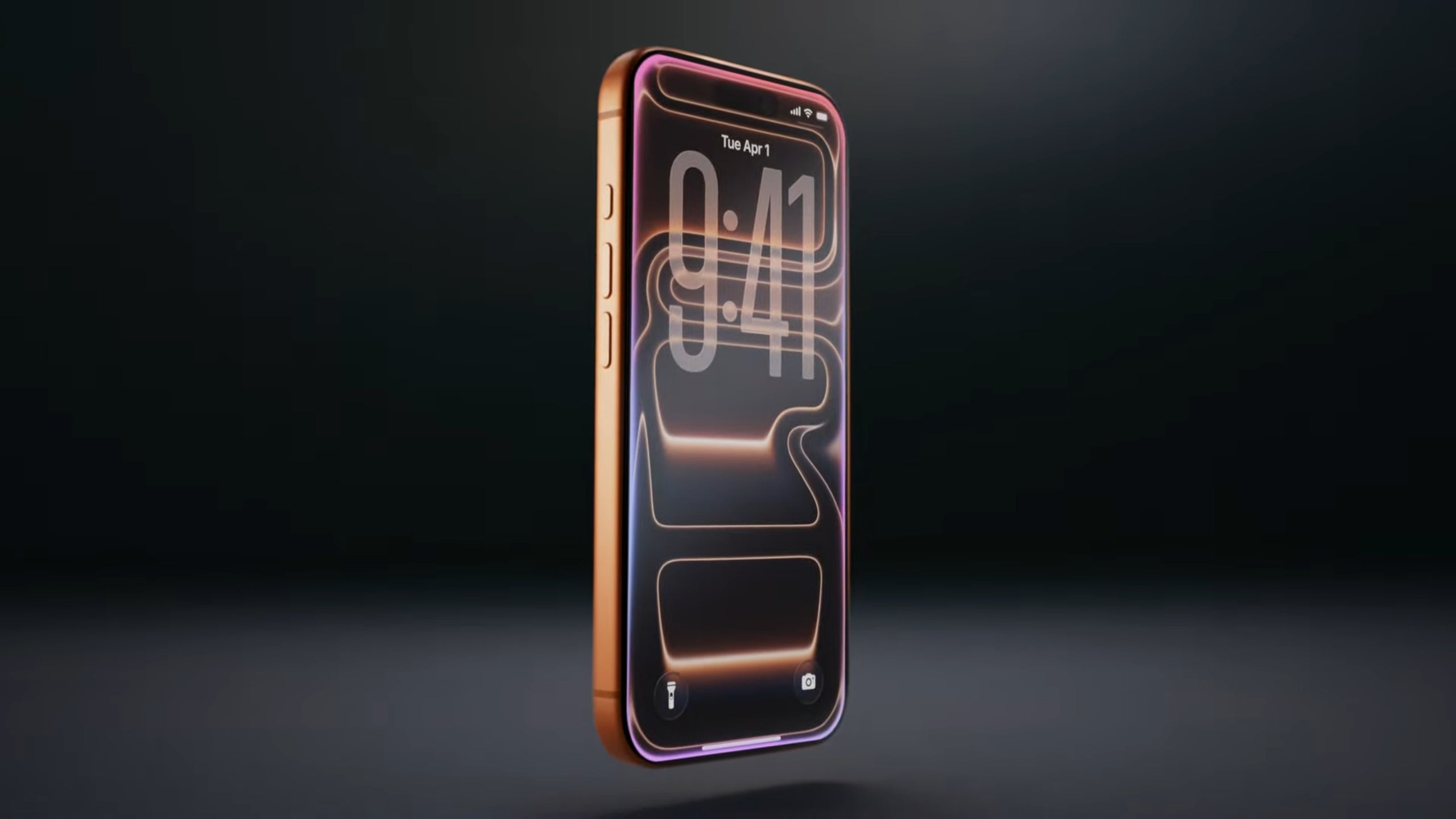

Image by Apple
The iPhone 17 Pro duo comes in two sizes:
- iPhone 17 Pro: 6.3 inches
- iPhone 17 Pro Max: 6.9 inches
They both feature a Super Retina XDR display for crisp details and vibrant tones.
The Pro duo offers the same display features as the other two models in the lineup, the iPhone 17 and the iPhone Air.
The Pro models come with Ceramic Shield 2 for extra protection and with a special Apple-designed coating that improves scratch resistance threefold and reduces glare for clearer viewing in bright light.
The Pro display also supports ProMotion technology (allowing refresh rates up to 120Hz), Always-On, and goes up to 3,000 nits of brightness. Again, that’s the highest ever on an iPhone.
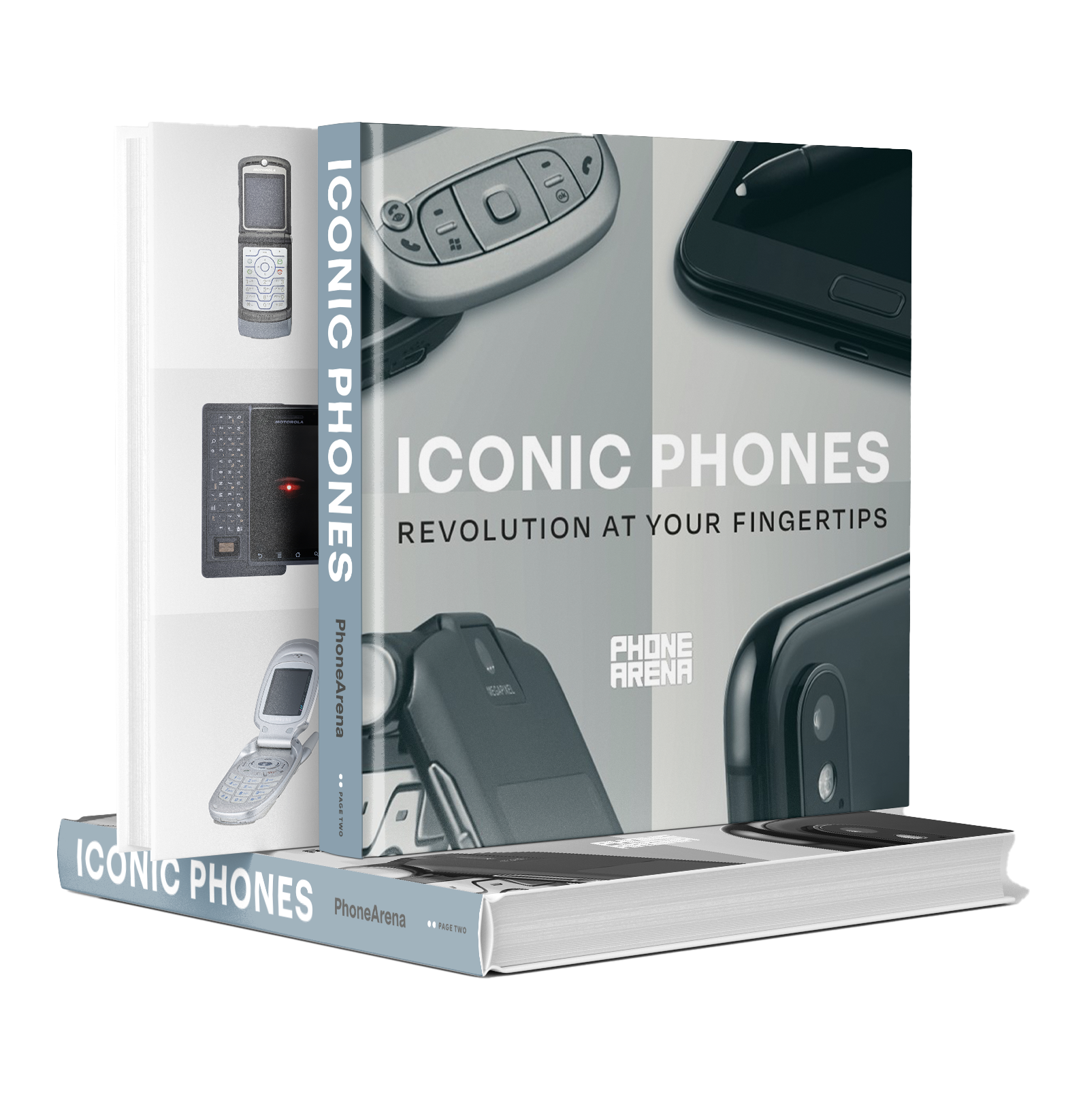

“Iconic Phones” is coming this Fall!
Rediscover some of the most unique and memorable phones of the last two decades! “Iconic Phones” is a beautifully illustrated book that we’ve been working on for over a year – and it’s coming out in just a couple short month!
LEARN MORE AND SIGN UP FOR EARLY BIRD DISCOUNTS HERE
#Apple #crushed #Galaxy #S25 #iPhone #17s #bright #antireflective #screen
